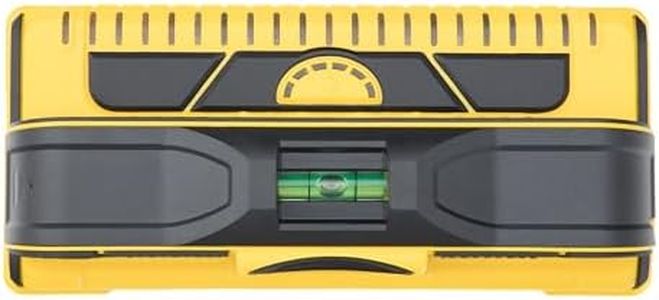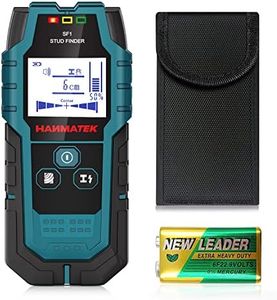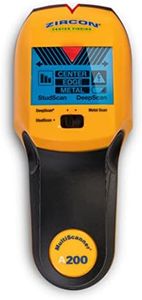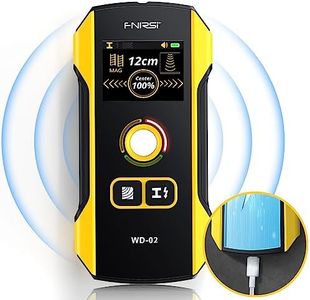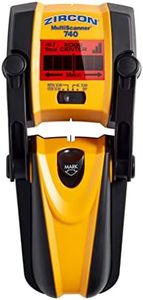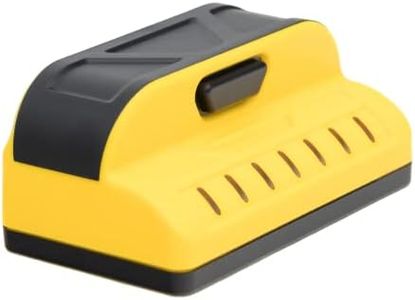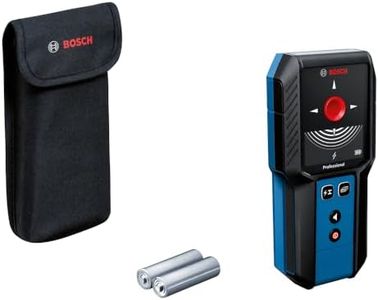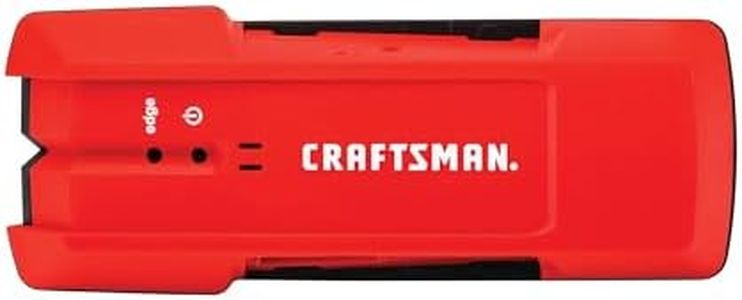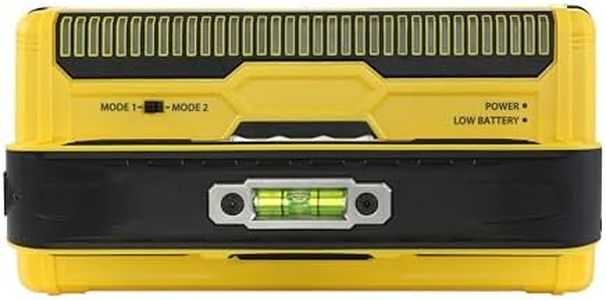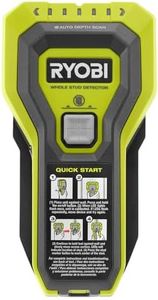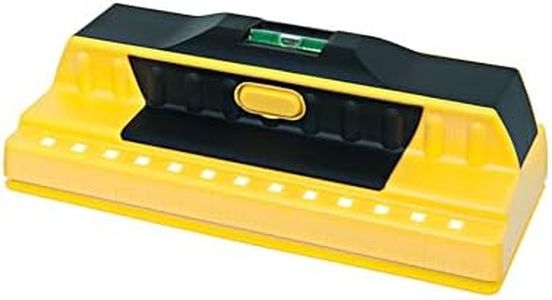We Use CookiesWe use cookies to enhance the security, performance,
functionality and for analytical and promotional activities. By continuing to browse this site you
are agreeing to our privacy policy
10 Best Stud Finders
From leading brands and best sellers available on the web.By clicking on a link to a third party's website, log data is shared with that third party.
Buying Guide for the Best Stud Finders
Choosing the right stud finder is all about matching its abilities to your specific needs at home. Stud finders help you locate framing studs behind your walls, which is important for safely hanging shelves, TVs, or cabinets. With many types available, focus on how easy it is to use, the material of your walls, and any extra features that could make the job smoother. Let’s look at the most important specifications to consider when making your choice.Detection TechnologyDetection technology refers to how the stud finder senses objects behind your wall. The main types are magnetic and electronic. Magnetic stud finders detect the metal in nails or screws in studs, which generally works well for basic needs but can be less precise. Electronic stud finders sense changes in wall density and can locate edges or centers of studs more accurately, especially on thicker or denser walls. If you only occasionally need to hang small items, a basic magnetic unit may suffice, but for more reliable results and tasks like mounting heavy items, electronic models offer greater precision.
Wall Material CompatibilityWall material compatibility means whether the stud finder works correctly on the kind of walls you have—like drywall, plaster, or lath. Some basic models work best on standard drywall, while others are designed to handle thicker plaster or even some masonry. If your home is newer, most basic models will likely work, but if you have older walls or different materials, it's smart to check that the finder is rated for them. Picking based on your wall type ensures the tool gives accurate readings and avoids frustration.
Scan DepthScan depth is how deeply into the wall a stud finder can detect objects. Typical ranges go from about 0.5 inches to 2 inches. For simple drywall and common mounting, a shallow depth is usually enough. However, if you have thick walls or want to locate pipes or wires further in, deeper scan abilities are important. Match the scan depth to the wall thickness and the kind of scanning (studs only or also pipes/wires) you plan to do.
Detection ModesDetection modes describe what types of hidden items the stud finder can sense—such as wood studs, metal, live wires, or even pipes. More advanced stud finders offer different settings for each material, which can be particularly useful if you need to avoid wires or metal objects while drilling. If your tasks are simple, just finding a wood stud is enough, but if safety or complex installation is a concern, broader detection modes are beneficial.
Ease of UseEase of use covers things like how clearly the readout displays are, whether the device makes any sounds or lights when it detects something, and the overall shape and weight of the tool. Some models offer LCD screens or audible beeps, while others simply rely on manual feedback. If you want quick, frustration-free results, look for intuitive features like clear indicators or a comfortable grip. For first-time or casual users, a simple tool with easy cues is often best.
